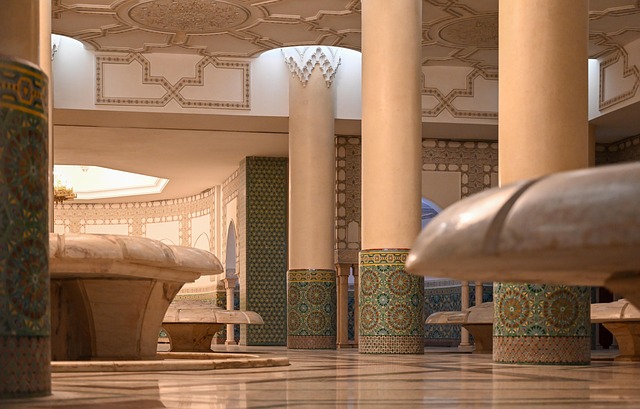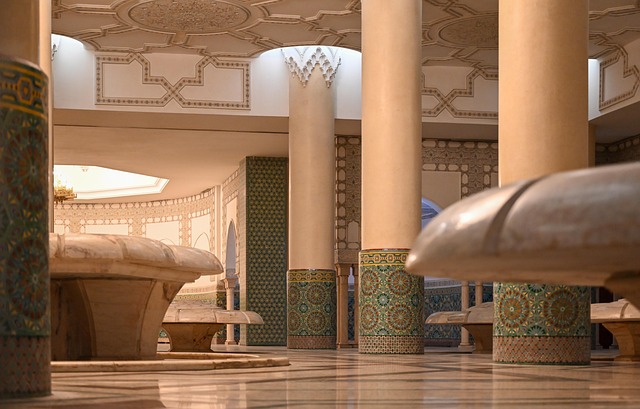Mosaicization: The Intricate Dance of Art and Culture
When we think of art, we often envision grand canvases or intricate sculptures. However, there exists a mesmerizing world within the realm of mosaicization—a technique as old as civilization itself. This art form transcends mere decoration; it’s a vibrant narrative woven through tiny pieces that come together to tell a story, reflecting the cultural and historical identity of a society.
The Allure of Mosaic Art in Fine Arts
Mosaicization, with its vibrant colors and diverse materials, holds a unique place in the landscape of fine arts. Each mosaic piece, whether made of glass, stone, or ceramic, contributes to the overall composition, creating a stunning final image that captures the eye and stirs the soul. The meticulous placement of every piece requires patience and an artistic vision, transforming simple materials into breathtaking masterpieces.
From the grand mosaics of ancient Rome gracing the floors of opulent villas to contemporary installations that challenge our perceptions of space and form, mosaicization showcases the versatility and endurance of this art form. Its ability to adapt and evolve with time makes it a celebrated medium in the world of fine arts, where traditional beauty meets modern innovation.
Mosaicization as a Cultural Mirror
Mosaic art does not merely exist in isolation; it is deeply intertwined with the culture it represents. Each mosaic tells a story, often rooted in the traditions, myths, and beliefs of a community. For instance, the exquisite mosaics found in the Byzantine churches of Istanbul reflect both the historical significance of the Byzantine Empire and its deep spiritual roots.
Similarly, contemporary mosaic artists often draw inspiration from cultural motifs, incorporating elements that resonate with their own backgrounds. This fusion of personal and collective identity in mosaicization serves as a powerful medium through which artists communicate their heritage and explore themes of belonging and community.
The Emotional Resonance of Mosaicization
Engaging with mosaic art opens a window to emotional experiences, allowing viewers to connect with the artwork on a profound level. The act of beholding a mosaic is akin to unraveling an intricate tapestry; each piece holds a significance that, when viewed collectively, creates a deeper emotional impact. The play of light on the varied surfaces of the tiles can evoke feelings of joy, nostalgia, or even contemplation.
In a world that often feels fragmented, mosaicization presents an approach to artistry that celebrates unity through diversity. The beauty of a mosaic lies not just in the final image, but in the story of its creation—an embodiment of collaboration, perseverance, and the harmony found in differences.
Mosaicization in Contemporary Artistic Practice
Today, mosaicization is witnessing a renaissance as contemporary artists breathe new life into this ancient practice. Artists are experimenting with unconventional materials and techniques, pushing the boundaries of traditional mosaic art. Public art installations and community projects are revitalizing neighborhoods, as mosaicization becomes a vehicle for social change, creativity, and engagement among diverse populations.
The digital age has also transformed how mosaicization is perceived and created. Artists now utilize technology to design intricate patterns and simulate the experience of creating mosaics, merging age-old techniques with modern artistry. This synergy not only preserves the cultural relevance of mosaicization but also invites new generations to engage with an art form that speaks of resilience, history, and innovation.
In essence, mosaicization encapsulates more than just an artistic endeavor; it embodies a rich cultural heritage, emotional depth, and a celebration of human expression. Whether in the realms of fine arts or within the fabric of cultural identity, the art of mosaicization continues to inspire, connect, and enchant us in our shared journey through the world of creativity.




